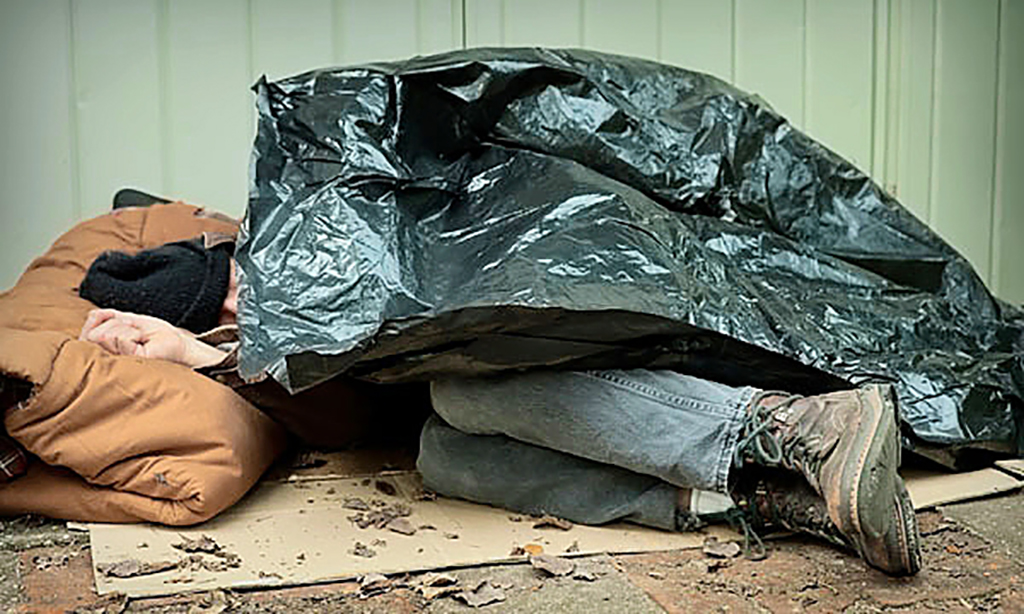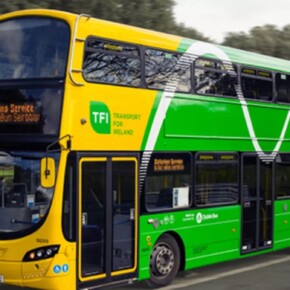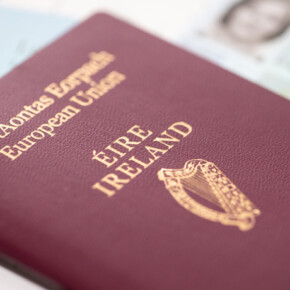Remembering Bruce, the last High King of Ireland
Dublin People 30 Jan 2015UNDER Gaelic Society, the most important position in Ireland was that of Ard RÃ or High King, recognised as a national leader by the independent kingdoms that made up Gaelic Ireland.
While no High King after Brian Boru could claim to have universal support, there were later efforts to revive the national importance of the role following the conquest of Ireland, in the hope that it might act as a rallying point in the fight against English rule.
During one such attempt, Edward Bruce, brother of the famous Robert the Bruce, King of Scotland, was proclaimed High King of Ireland and led a campaign that almost defeated English rule in Ireland.
Edward Bruce was born to a family of Gaelic nobility in Scotland towards the end of the 13th century. The family had strong ties with Ireland and it is believed that the young Edward was fostered by the famous O’Neills of Tyrone.
Edward supported his brother Robert’s claim to the throne of Scotland and was a veteran of the guerrilla campaign for Scottish Independence following the invasion by England.
Edward was also a veteran of the famous Battle of Bannockburn which saw Scottish forces under King Robert defeat the English and re-establish Independence.
Following this victory, a number of Gaelic-Irish Chieftains, led by Donall O’Neill, son of the last High King, appealed to Robert the Bruce to help them to defeat the English conquest of Ireland.
The Bruce brothers, who aimed to establish a Gaelic alliance across Ireland, Scotland, Wales and the Isle of Mann, agreed to support the Irish if the Chieftains agreed to elect Edward as High King of Ireland.
The Chieftains readily agreed and Edward Bruce led a fleet to confront the English in Ireland, which landed at Larne in May, 1315.
Edward’s army began its campaign immediately and quickly took the town of Carrickfergus. In June, O’Neill and 12 other Gaelic Chieftains of Ulster swore loyalty to Edward, who they proclaimed High King of Ireland.
The new High King continued to wage a campaign against the English, defeating them as far south as Dundalk. By the end of the year the Gaelic alliance had won much of Ireland back from English control. However, the outbreak of famine in 1317 made it difficult to sustain the Gaelic campaign, but despite this lull the English failed to regain any ground.
In 1155, the Vatican had granted rule over Ireland to the English Plantagenet’s by the papal bull Laudabiliter and the Chieftains supporting Edward used the opportunity of this respite in the campaign to write to Pope John XXII.
They asked him to revoke consent for English rule in Ireland and instead recognise Edward as High King. However, the Vatican was reluctant to offend the English and refused to recognise the new High King.
By the summer of 1318 the famine had cleared and Sir John de Bermingham had raised a new army to defend England’s interests in Ireland.
On October 14 1318, de Bermingham led his forces against Bruce’s Gaelic alliance in the Battle of Faughart.
The High King’s army were defeated and Edward was killed in the battle. The High King was then quartered, with his body parts being sent to several Irish towns as a warning against resisting English rule. After the battle Edward’s head was delivered as a trophy to King Edward II in England.
Edward Bruce, the last High King of Ireland, who fought tirelessly against the English conquest of Scotland and Ireland, is buried in the graveyard on Faughart Hill, County Louth.











